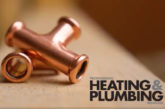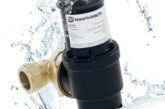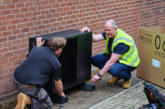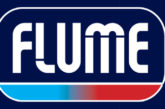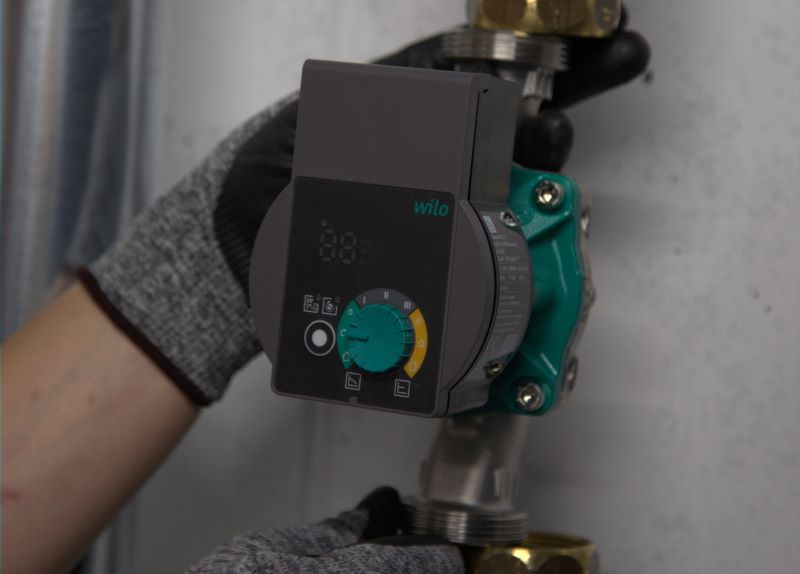
Wilo examines some of the differences between bronze and stainless steel pumps.
Q. What is the difference between a bronze pump, and a stainless steel pump?
Bronze pumps are a type of hot water circulation pump used to circulate water around a secondary hot water system. These pumps are also well known as ‘secondary hot water pumps’ and have been on the market for many years. However, because of this, it can be argued they are now antiquated in terms of their technology.
Traditionally made of bronze (hence the name), these pumps are characterised by their simple three fixed speed operation, meaning they run at a constant speed and have no additional options in relation to setup or energy efficiency capabilities.
Stainless steel pumps, on the other hand, are the more modern option. The pump’s body is made from stainless steel, meaning they are more hygienic. Crucially, they now come with many more selectable control options and offer major energy efficiency benefits, thanks to their EC motors. This means the pumps’ speed (flow rate) and pressure (head) can be set up more precisely to meet the demands of the system it is being used in – for example, in secondary hot water return systems.
Q. What are bronze pumps used for, and what are stainless steel pumps used for?
Both styles of pumps can be used for domestic and commercial applications for secondary hot water return applications, but typically, bronze pumps are employed in older residential hot water systems. For instance, the Wilo SB30 has long been a popular choice for many years in small and large homes to circulate secondary hot water around a system, ensuring hygienic conditions and providing instant hot water at the appliance or tap.
Stainless steel pumps are commonly found in commercial applications such as hospitals, schools, food manufacturing and industrial HVAC systems. As these new pump ranges have expanded, they now cater for the domestic market and are available in the small sizes required for domestic applications. As such, they can be used as a retrofit pump in residential properties, or in new-build homes.
Q. What are the limitations of bronze pumps?
Bronze pumps often utilise old designs and old motor technology with limited adjustment. This is not to say that there is anything wrong with bronze as a material, however. Quite simply, these pumps have been around for a long time, and many have not progressed in efficiency over the years. Old bronze pumps will usually offer one, or up to, three fixed speed settings, with the ‘three speed’ setting being very high in energy consumption, drawing circa 100 watts. They are not programmable or adjustable, due to their design and functionality.
From August 2025, Wilo is discontinuing the sale of its SB30 Bronze Pump, in favour of more sustainable options, including our new Yonos PICO-Z stainless steel hot water pump.
Q. Why are stainless steel pumps a better option from a hygiene and sustainability standpoint?
As a material, stainless steel is hygienic due to its resistance to rust and corrosion. Installers can be safe in the knowledge that stainless steel pumps are compliant with Regulation 4 of the UK’s Water Supply (Water Fittings) Regulations 1999, which ensures that products that come into contact with potable (drinking) water are safe and suitable for use.
Meanwhile, stainless steel is a more readily available material, it has a higher recyclability factor and a longer lifespan due to its better durability in comparison to bronze. This makes stainless steel pumps a more sustainable option.
Q. How do stainless steel pumps with selectable controls save energy?
Fixed speed pumps for secondary hot water run at their set point constantly no matter the water demand. This is necessary to maintain constant pressure or flow within the hot water system and ensure circulation and even temperatures – but this consumes a lot of energy and ends up being quite wasteful.
In contrast, the near infinite settings that stainless steel pumps with selectable controls offer means that they can be commissioned to suit the needs of the occupants and the home’s system.
For example, the new Wilo Yonos PICO-Z range offers 42 flow rate settings, with an LED display to show the installer the exact flow setting rate setting chosen. The pump also has a constant pressure (or head) setting to with, again, 42 incremental individual settings to ensure the required pressure is maintained within a balanced system. “This adjustability means it can operate from as little as four watts of power to a maximum of 40 watts, and energy consumption to run hot water systems can be reduced by up to 70% when compared to simple, bronze pumps.
Q. Are stainless steel hot water pumps easier to install and maintain?
In a nutshell, yes. Bronze pumps usually weigh more than their stainless steel counterparts, making them harder and more taxing to mount into position, especially in tight spaces in homes.
Not just that, but more fixings are needed to hold bronze pumps in place, and many older pumps’ electrical connections do not give flexibility when orientating the pump. Due to this, often the electrical control boxes for bronze pumps can be exposed to the possibility of water ingress. These pumps do not self-vent or de-block either, so they require manual intervention often with a screwdriver to bleed the front of the pump when it comes to future servicing and maintenance.
Newer stainless steel hot water pumps like the new Yonos PICO-Z range from Wilo are lighter and easier to handle. Installers can easily connect the electrical elements together through the Wilo Connector with tool-free wiring, while the pump head can be rotated as well, without fear of it being the wrong way up. To help installers further, the Yonos PICO-Z is supplied with an insulation jacket, meaning there is no need for installers to spend time cutting out lagging for the pump.
Other features include automatic or manual venting and automatic de-blocking, both of which are functions unique to Wilo for its Yonos PICO range in both heating and hot water. If there are any errors in the hot water system, such as low pressure, then this will be flagged as an error code on the pump’s LED display system, and ultimately, helps installers to troubleshoot and diagnose issues much faster.
Q. How do I program a hot water pump with adjustable controls?
Hot water pumps with adjustable controls from different manufacturers will have their unique ways of programming and commissioning them. For the Wilo Yonos PICO-Z, the pump’s settings can be set from the green button that is featured on most of Wilo’s pumps. Installers can choose up to 42 different flow settings, or simply pick from three pre-programmed flow settings. On the right-hand side of the dial, installers can utilise the Wilo ‘Constant Pressure’ feature to ensure a balanced system maintains the head of pressure required.
For more information from Wilo please click here.



